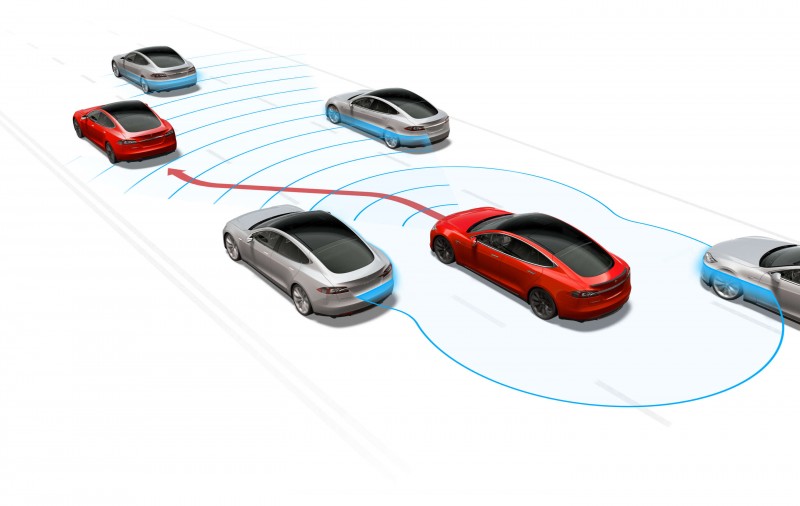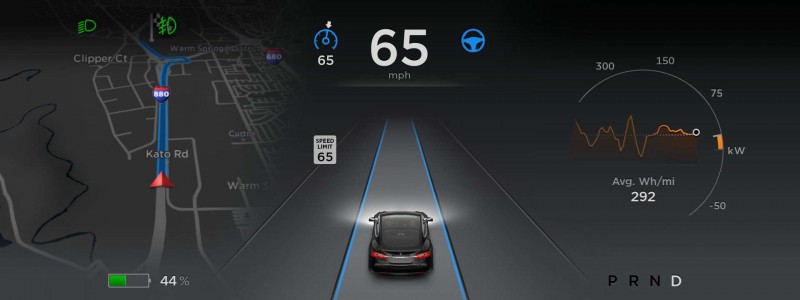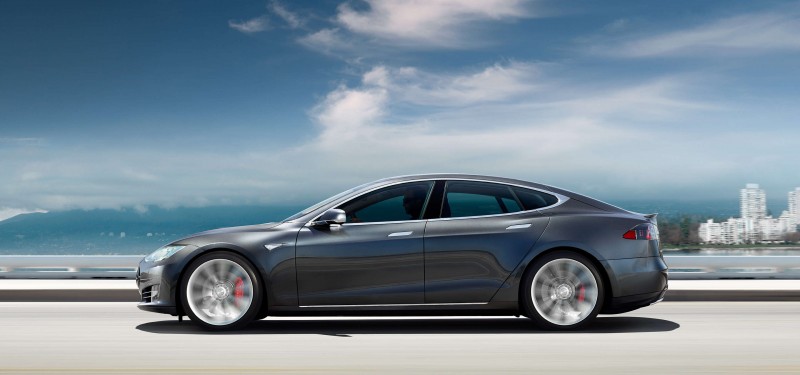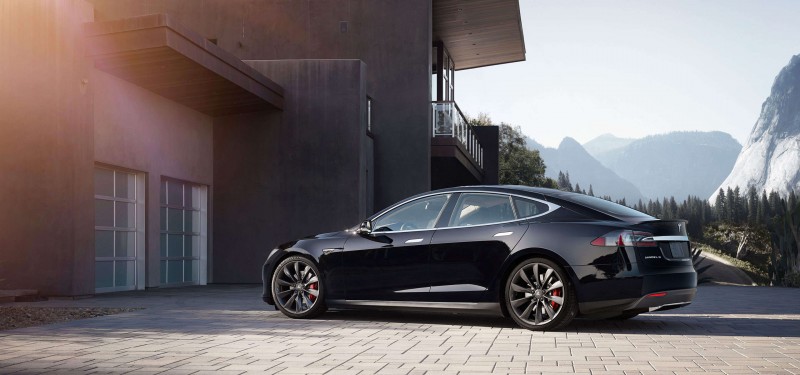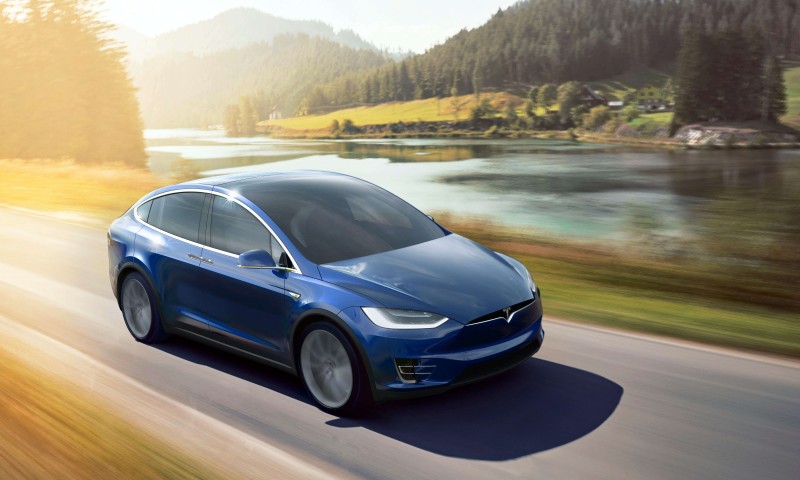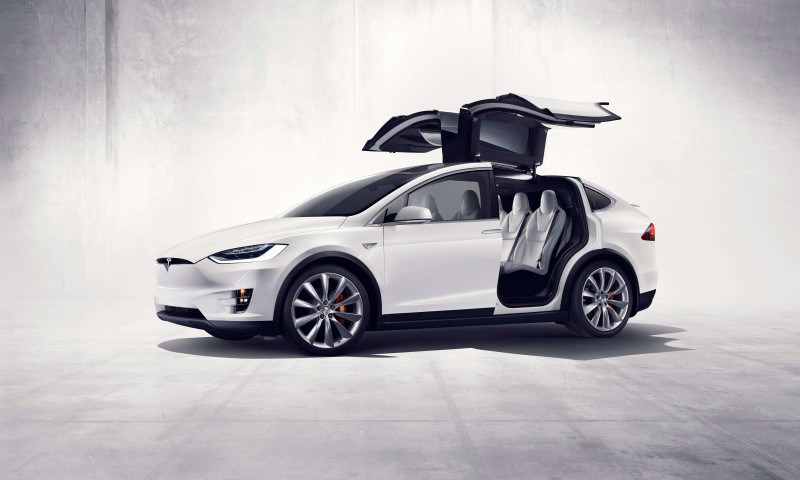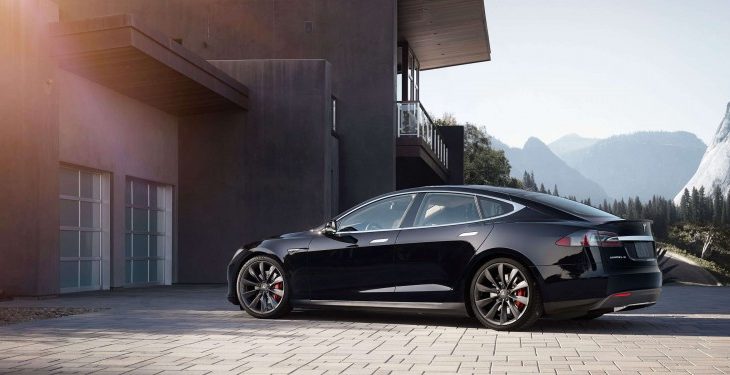After a Florida crash claimed the life of a Tesla Model S owner back in May, the company’s semi-autonomous Autopilot function has been under intense scrutiny from consumers. Now, according to CEO Elon Musk, the company will begin to push out the most significant update to the automobiles’ software in recent history—a tweak that changes the way the company’s cars “see” the road.
At the moment, Tesla motor vehicles rely mainly on cameras to envision their surroundings. With Autopilot version 8.0, they’ll offload a significant amount of their vision to onboard radar systems that were introduced into the fleet as part of the October 2014 Autopilot hardware suite—originally intended only as a supplement to the primary image processing system.
Now, with more advanced signal processing, the company says it believes radar can bear the brunt of the vehicles’ spatial awareness. The company went on, in a recent blog post, to detail the difficulties of working with radar. Because of differences in the way radar sees the world, “any metal surface with a dish shape is not only reflective, but also amplifies the reflected signal to many times its actual size,” the company said.
“A discarded soda can on the road, with its concave bottom facing towards you can appear to be a large and dangerous obstacle . . . Slamming on the brakes is critical if you are about to hit something large and solid, but not if you are merely about to run over a soda can. Having lots of unnecessary braking events would at best be very annoying and at worst cause injury.”
Combining a more robust point cloud of radar “snapshots,” advanced stitching of those snapshots and “fleet learning” from data collected across all Tesla vehicles, the company believes they have solved the issues associated with radar “sight.”
Statistically speaking, Tesla’s Autopilot remains safer than human drivers. It had been used for 130 million miles before the tragic accident. By contrast, human-driven cars in the U.S. average 1.08 fatal crashes for every 100 million miles.
